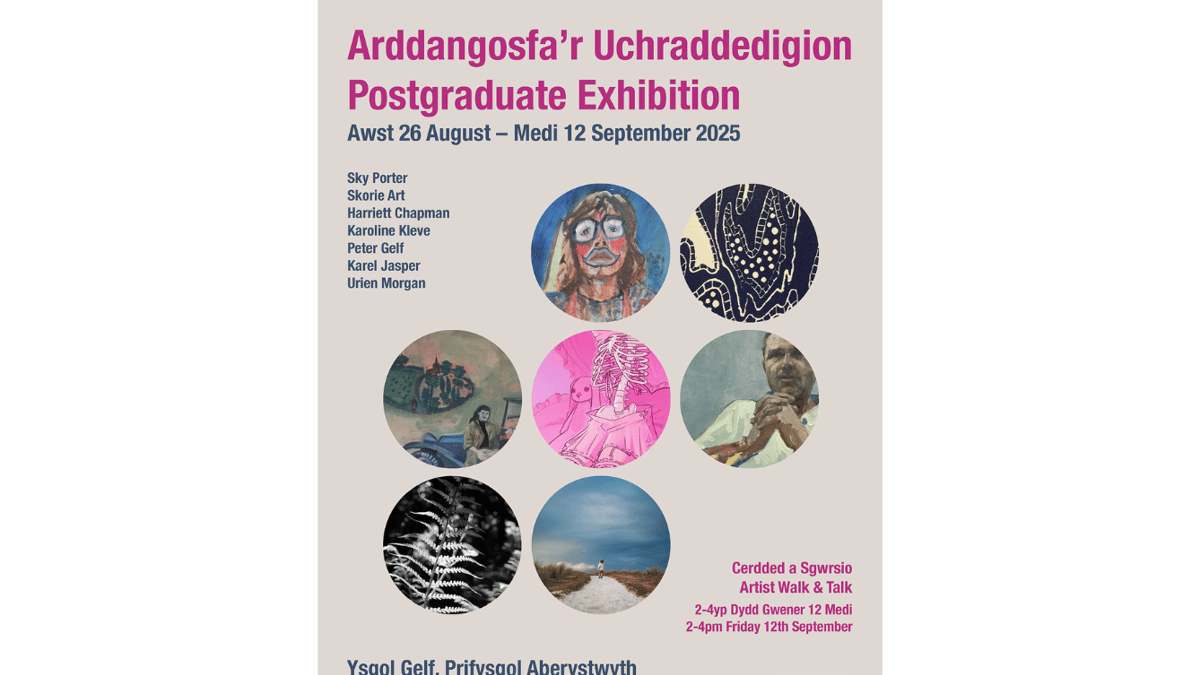Caspar David Friedrich (1774–1840), Germany’s greatest Romantic painter, is acclaimed for his hauntingly evocative landscapes—the Baltic shore at twilight, the mountains of the Riesengebirge at dawn, the harbor of his native Stralsund at midnight. The combined loan of nine paintings, ten watercolors, and one drawing by Friedrich from the State Hermitage Museum, Leningrad, and the Pushkin State Museum of Fine Arts, Moscow, to The Art Institute of Chicago and The Metropolitan Museum of Art, is the first exhibition of Friedrich’s work in the United States and a landmark event. Friedrich’s paintings and drawings in the Soviet Union, acquired during the artist’s lifetime for the Russian imperial family, form the only major collection of the painter’s work outside Germany. The first Russian purchase took place in 1820, when the future Czar Nicholas I visited Friedrich’s studio in Dresden.
Robert Rosenblum, Henry Ittleson, Jr., Professor of Modern European Art at New York University, in an astute Introduction to the catalogue, charts the artist’s international rediscovery during the last two decades and places Friedrich in a broad cultural context. Boris I. Asvarishch, Curator of European Paintings at the Hermitage Museum, recounts in his catalogue essay the fascinating story of the acquisition of Friedrich’s work by the imperial family, whose contact with the artist lasted until Friedrich’s death in 1840. Sabine Rewald’s informative contributions shed new light on Friedrich’s works and are augmented by comparative photographs and by bibliography and exhibition histories. Rewald is Associate Curator in the Department of Twentieth-Century Art at The Metropolitan Museum of Art.






